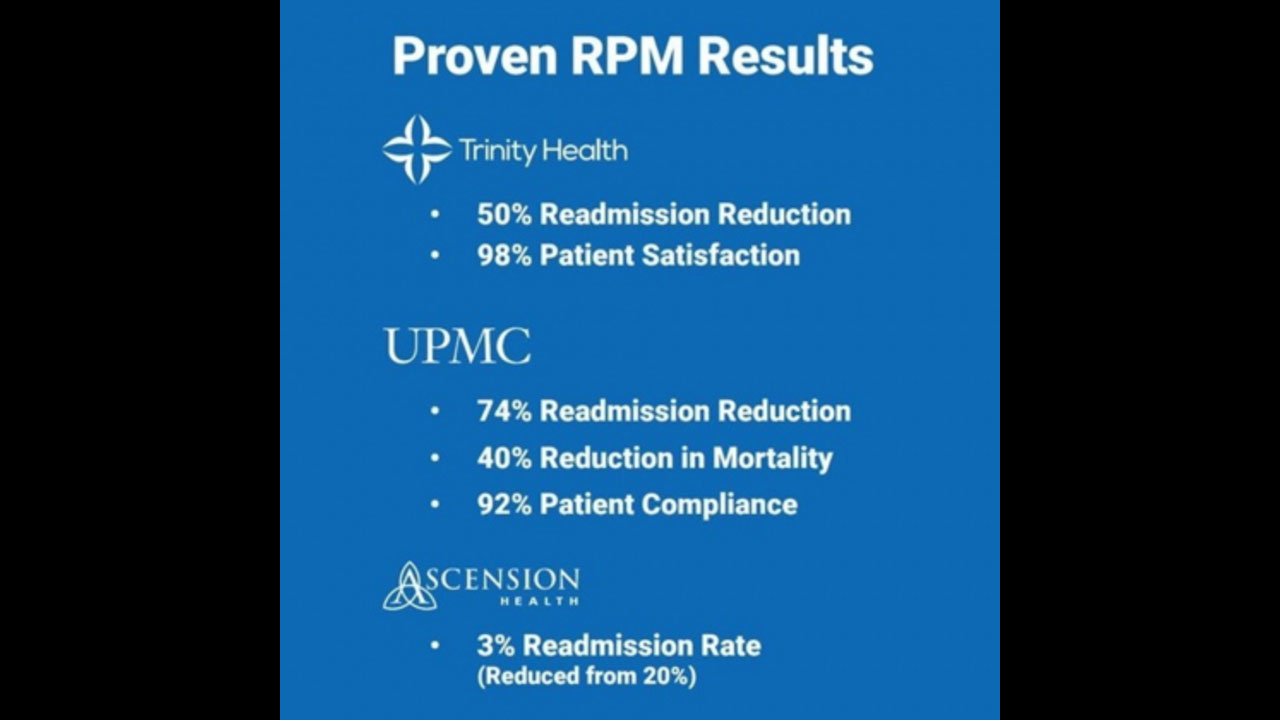Insurance Companies & Remote Patient Monitoring
Covid-19 has changed everyone’s life drastically. Numerous systems and platforms have been affected by this and one of the most affected industries is the healthcare industry. The exceptional circumstances of the pandemic served as the great push towards Remote Patient Monitoring (RPM) and Telehealth. Now, these are considered as the new normal.
Source: Oliver Wyman
Presently, remote healthcare is the new normal. The insurance companies are catching up with the reality and most of them are investing in different forms of telehealth technology and Remote Patient Monitoring. Whatever issues that are faced by the healthcare industry today are resolved in a quick span of time, thereby enabling the providers to deliver high-quality care to the patients.
Need of Investing in RPM
Telehealth and RPM is a new standard in the healthcare industry and are offering immense benefits to the patients as well as the providers. Below mentioned are the ways how investors are investing in RPM and getting benefited through this.
Personal Care: With RPM and Telehealth solutions, the investors can personalize the treatment plan as per the needs of the patients. The healthcare providers can provide modified incentives and treatment experience on the basis of an individual’s interest and convenience level. Besides, RPM solutions can be based on every patient’s current condition, collected, and risk profile. This turn helps the patients to get treatment in a proper way rather than an all-around approach to treatment.
Self-management and Reduction in Hospital Admissions
In the year 2018, an RPM survey was conducted by Healthcare Dive, where nearly 38% of the healthcare organizations confirmed that RPM resulted in few patient admissions. Advanced RPM system helps the providers for enhanced monitoring and management of high-risk patients. For instance, as per the University of Pittsburg Medical Center, there has been a reduction in hospital admissions after the patients started using RPM equipment.
Enhanced Patient-Provider Communication
All the more, remote healthcare monitoring is enhancing patient fulfillment scores in hospitals as well as clinics. This is one more reason why insurance providers are providing backup and monetary incentives for health organizations to execute RPM and Telehealth solutions.
Progressive Technology
Competition
Healthcare Strategies
So, the investors need to target the member population that will be benefited from home care solutions. Few plans are specific as to how they aim the healthcare products. We at MedTel will offer you a home healthcare program to members with numerous chronic conditions.
Using Remote Health for Caregiver
The program includes a nurse practitioner, chaplain, social worker, RN, and other individuals who serve the requirements of the members of the family as well as the caregiver.
Innovative RPM Strategies
High ROI (Return on Investment)
Operational ROI
A provider earns approximately $250,000 from RPM claims alone. So, if you wish you can enter your practice figures and calculate to find out the amount of reimbursement. For that following information is needed to maximize ROI via the Operational benefits of RPM:
- The approximate number of patients seen in a year
- Percentage of patients covered by the insurance
- What is the length of the program
Clinical ROI
With the RPM system, healthcare providers have access to everything that they require to maximize the treatment and services they provide. These are:
- Quick identification of recent trends and outliers
- Enhancement of patient engagement
- Access to effective data analysis as well as monitoring
- Minimization of disease complications
- Offering previous and further data-driven diagnoses and treatments
Financial ROI
The abundant cost savings of RPM usually comes because of the following reasons:
- Hospital re-admissions
- Nurse activities
- In-person visits
- Visits in emergency departments
- Reasonable Care Act penalties
The major challenge for the healthcare industry is to ensure that the patients are able to afford RPM devices and use them in the most comfortable way without navigating several apps and services. The insurance companies are also using this platform to order kit delivery in minutes, thereby making it simple and easy for all.


